You have no items in your quote list.
- Home
- Antique Handcrafted Wooden Jharokha Mirror
Details
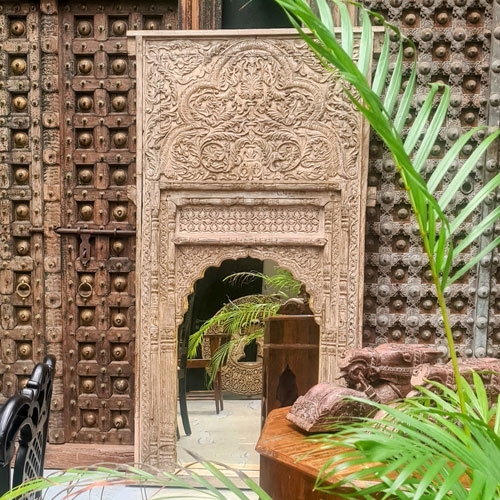
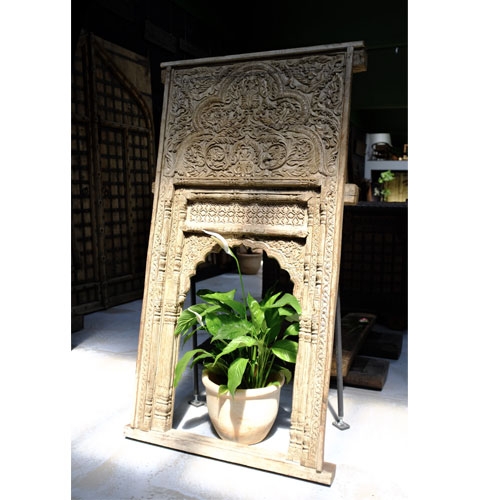
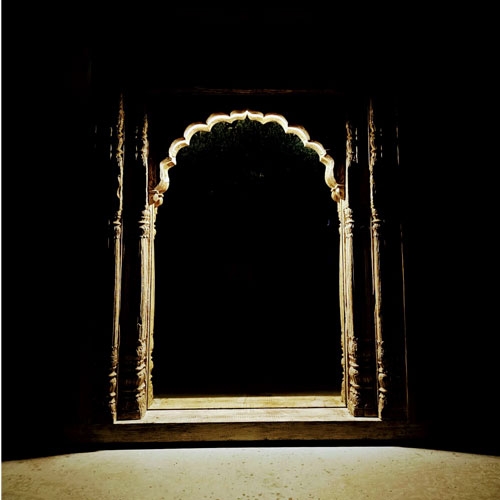
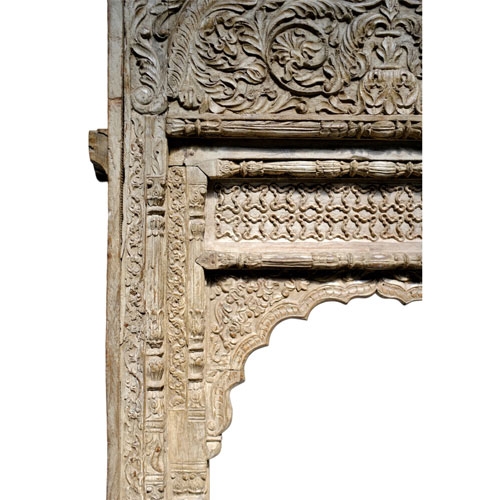
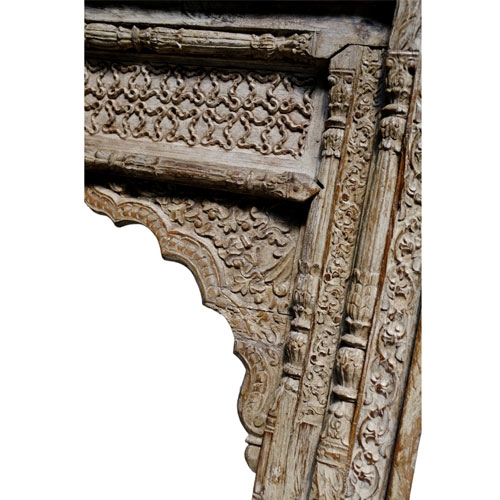
The traditional handcrafted wooden Jarokha is a recognizable feature in classical Indian architecture, especially in Rajasthan.
The frame of this piece is a solid wooden structure that forms the backbone of the Jarokha, hand-made by the craftsman of India.
It has two sturdy wooden pillars with traditional design and very fine carving, supporting the arch, the defining feature of a Jarokha with its elaborate carvings - floral motifs and geometric patterns. The space within the arch serves a practical purpose, offering ventilation while maintaining a sense of privacy and brightening interiors with sunlight. The base of this Jarokha, provides stability to the structure.
The word jharokha generally describes 'the act of providing a glimpse'. The jharokha became an integral part of the ruling Mughal household in India. It was started by Humayun, the 2nd Mughal ruler of India but was made famous by his son Akbar.
Emperor Akbar made jharokha an integral activity of his everyday life where he would provide a glimpse to his subjects from his window. It symbolized the connection between the ruler and the subjects and the idea of a ruler being the shadow of God on the earth made jharokha an important part of the lives of rulers and subjects alike.
The populace who saw their ruler as their god even refused to eat before getting a glimpse of their ruler. The jharokha became such an important aspect of Mughal history that when ruler Jehangir failed to appear for a glimpse due to ill-health, the subjects believed him to be dead.
The jharokha window became a symbol of prestige and the influential class began to use it in their havelis. Projecting out from the face of a building in the upper story which was constructed overlooking a street, market, court or any other open space, it gradually became a symbol of the aristocratic and ruling class who began to make a more formal and ornamental construction that would provide the onlookers with the idea of prosperity, wealth and status of the residents. Mostly, the jharokha window was enclosed by a jali which restricted the view from the outside but the residents were able to get a look at the outside world.
This decorative piece exudes grace and grandeur. Its versatile design brings a vintage and regal touch to your home décor, infusing it with Indian contemporary flair.
Dimensions: Width: 105cm, Height: 190cm, Depth: 13cm
Additional Information
| Size | No |
|---|---|
| Height | No |
Wow Rentals is a South East based specialised event furniture hire company , we have a wide range of furniture at great prices. We supply within London as well as the East, South East & Midlands.
Add the Wow Factor to your events, contact us to meet your contemporary event furniture needs. We cater for all types of events from corporates to smaller events
Wow Rentals
Our Favorites
Artificial Tree Hire
Like us for updates
Wow London T/A Wow Rentals, 10 Harland Ave, Croydon, CR0 5QB. All Prices are Ex-Vat. Company number: 09056521 Contact Us

